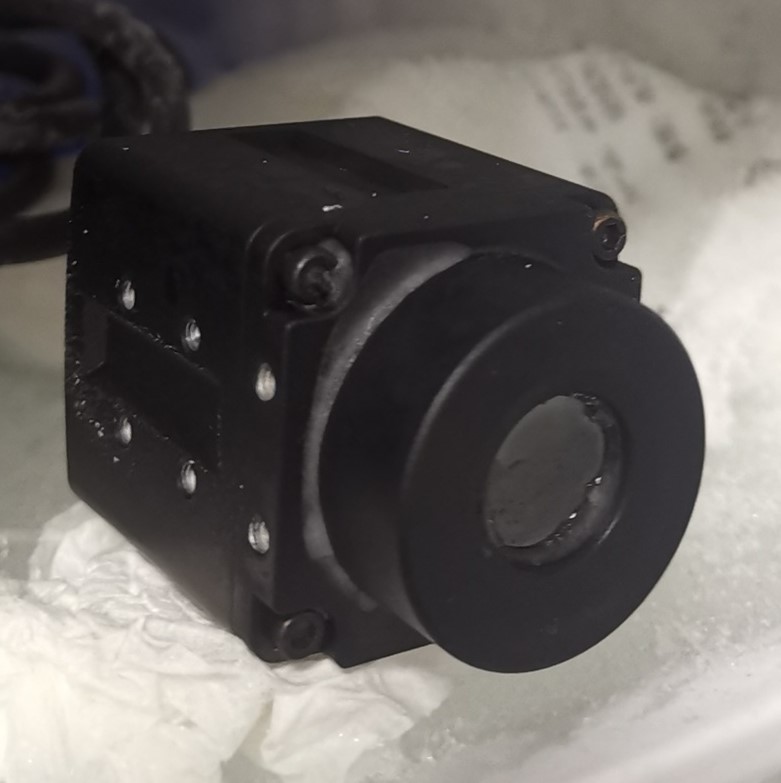How to Use Thermal Imaging to See Clearly Through Smoke and Obstacles

Understanding Thermal Imaging and Its Advantages
The Basics of Thermal Imaging
Thermal imaging is a technology that captures the infrared radiation emitted by an object and converts it into a visible image. This process allows for the visualization of objects based on their temperature differences, enabling the detection of heat signatures that are otherwise invisible to the naked eye.
How Thermal Imaging Works
In thermal imaging, specialized sensors detect the infrared radiation emitted by objects in the environment. These sensors then create a thermogram, which is translated into electrical impulses. These impulses are further processed to produce a thermal image that represents the varying temperatures within the scene.
Key Components of a Thermal Imaging System
A typical thermal imaging system consists of an infrared lens, detector, and display. The infrared lens focuses the infrared radiation onto the detector, which then converts it into electrical signals. Finally, these signals are processed and displayed as a thermal image.
Advantages of Thermal Imaging in Low Visibility Conditions
Thermal imaging offers significant advantages in scenarios with limited visibility, such as dense smoke or darkness.
Ability to See Through Smoke
One of the most notable benefits of thermal imaging is its ability to see through smoke. Unlike traditional vision systems, thermal imaging can penetrate smoke and provide clear visibility even in hazardous environments where conventional optical systems fail.
Applications Beyond Visibility Enhancement
Apart from enhancing visibility in low light or obscured conditions, thermal imaging finds applications in various fields including security surveillance, search and rescue operations, industrial inspections, and medical diagnostics.
Comparing Thermal Imaging with Night Vision
When comparing thermal imaging with night vision, it's essential to understand the fundamental differences between the two technologies and their respective advantages in various scenarios.
Fundamental Differences Between Thermal Imaging and Night Vision
Operational Principles
The operational principles of night vision and thermal imaging systems are distinct. Night vision relies on image enhancement technology, amplifying small amounts of visible light to create a clear image in low-light conditions. On the other hand, thermal imaging captures the heat emitted by objects, creating images based on temperature variations rather than available light.
Environmental Limitations
Both technologies have environmental limitations that affect their performance. Night vision devices heavily rely on ambient light, making them less effective in complete darkness or adverse weather conditions. Conversely, thermal imaging is not affected by light levels and can operate effectively in total darkness or through dense smoke and fog.
Why Thermal Imaging Is Superior in Certain Scenarios
Seeing Through Dense Smoke and Fog
In scenarios where visibility is compromised due to dense smoke or fog, thermal imaging outperforms night vision. The ability to detect heat signatures allows thermal cameras to penetrate these obstructions, providing clear visibility even in the presence of significant visual obstacles.
Identifying Warm Objects in Complete Darkness
Another area where thermal imaging excels is in identifying warm objects in complete darkness. While traditional night vision may struggle to distinguish objects without sufficient ambient light, thermal cameras can detect and display the heat emitted by objects regardless of the surrounding lighting conditions.
Practical Applications of Thermal Imaging to See Through Smoke
Thermal imaging technology has practical applications in various fields, particularly in scenarios where visibility is compromised due to smoke or low light conditions. By utilizing thermal clips and understanding the real-world scenarios where thermal imaging is crucial, individuals can maximize the effectiveness of thermal imaging devices.
Using Thermal Clips to Enhance Visibility
Selecting the Right Thermal Clip for Your Needs
When considering thermal clips, it's essential to select a model that aligns with specific operational requirements. Factors such as resolution, field of view, and compatibility with existing equipment should be carefully evaluated to ensure optimal performance in thermal imaging applications.
Tips for Maximizing Effectiveness
To maximize the effectiveness of thermal clips, users should consider factors such as proper calibration, regular maintenance, and adherence to manufacturer guidelines. Additionally, understanding the limitations of thermal clips in different environmental conditions is crucial for achieving consistent performance.
Real-World Scenarios Where Thermal Imaging Is Crucial
Firefighting and Rescue Operations
In firefighting and rescue operations, thermal imaging plays a critical role in locating individuals within smoke-filled environments. The ability to see through smoke enables firefighters to navigate hazardous conditions more effectively while identifying potential victims in need of assistance.
Surveillance and Security in Adverse Conditions
For surveillance and security purposes, thermal imaging provides an advantage in adverse weather conditions or low light environments. By leveraging thermal imaging, security personnel can detect intruders or monitor large areas with reduced visibility due to darkness or obstructions.
Tips for Effective Use of Thermal Imaging Devices
Understanding Device Limitations
Users should be aware of the limitations associated with thermal imaging devices, including reduced effectiveness through glass or other reflective surfaces. Understanding these limitations allows operators to make informed decisions about when and how to utilize thermal imaging technology effectively.
Best Practices for Maintenance and Operation
Regular maintenance and adherence to best practices are essential for ensuring the longevity and reliability of thermal imaging devices. This includes proper storage, periodic calibration checks, and following recommended operating procedures provided by manufacturers.
See Also
Improved Safety and Visibility with Car Thermal Imaging Cameras
Optimizing Risk Management with Fleet Thermal Imaging Solutions
Boosting Business Security with Thermal Imaging Drone Solutions
iSun Digitech Limited
Contact Us: Coco Huang
E-mail: sales@iasun.cn
WhatsApp/Wechat: +86 13510421923

